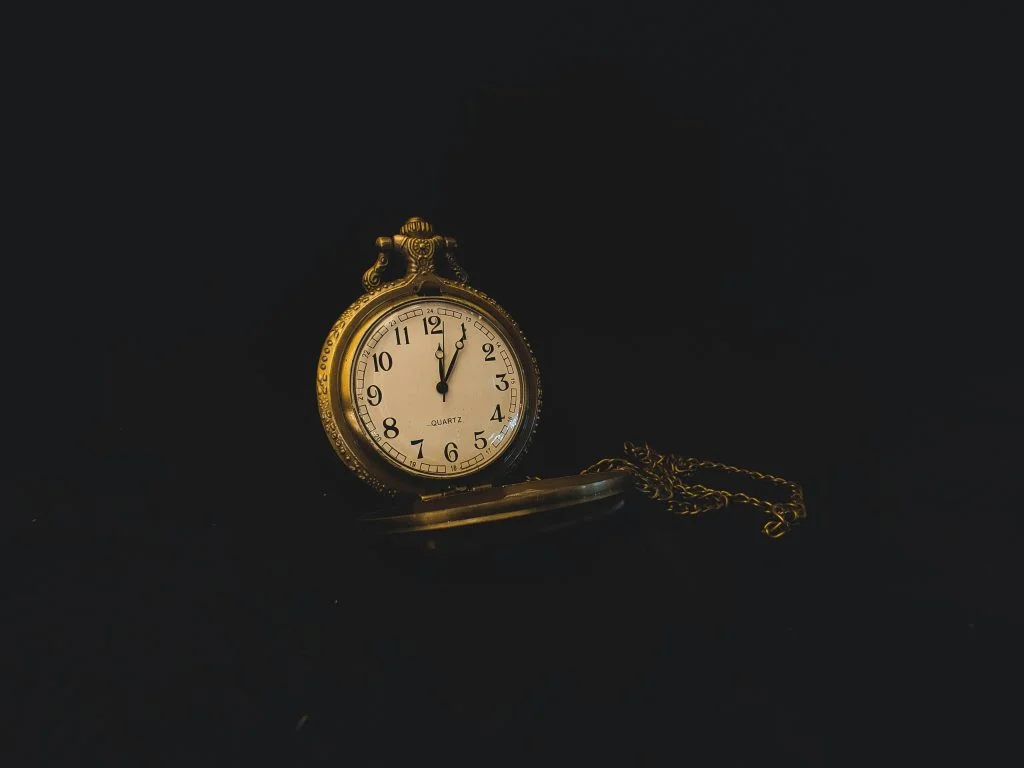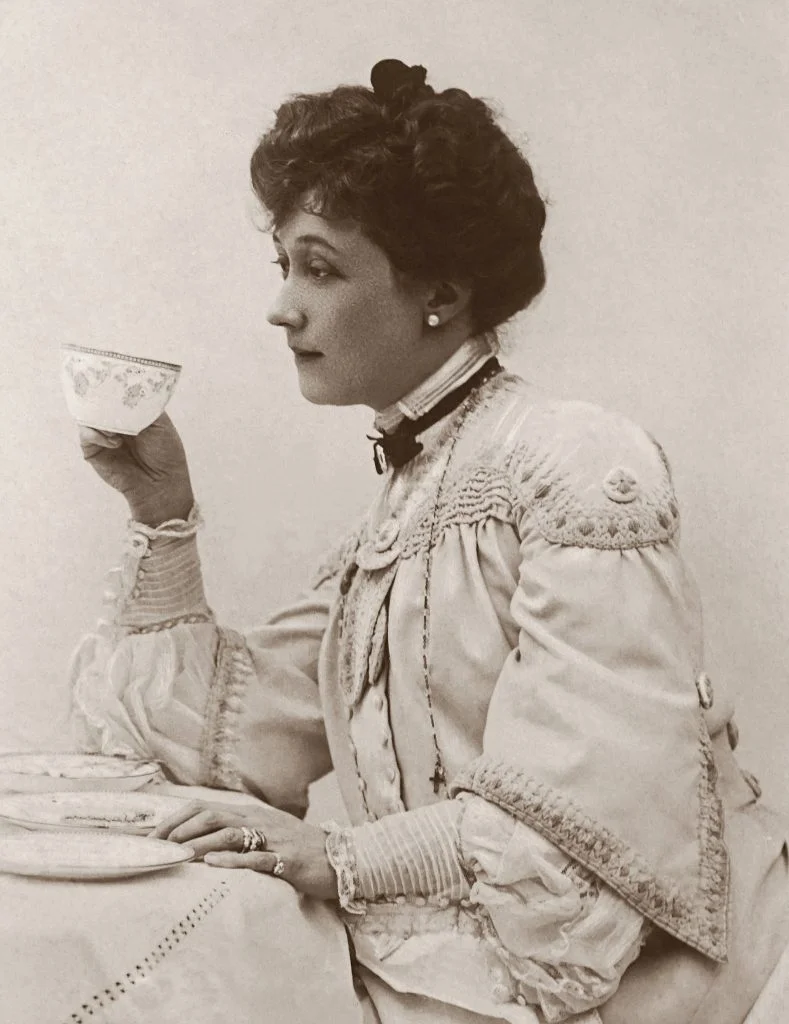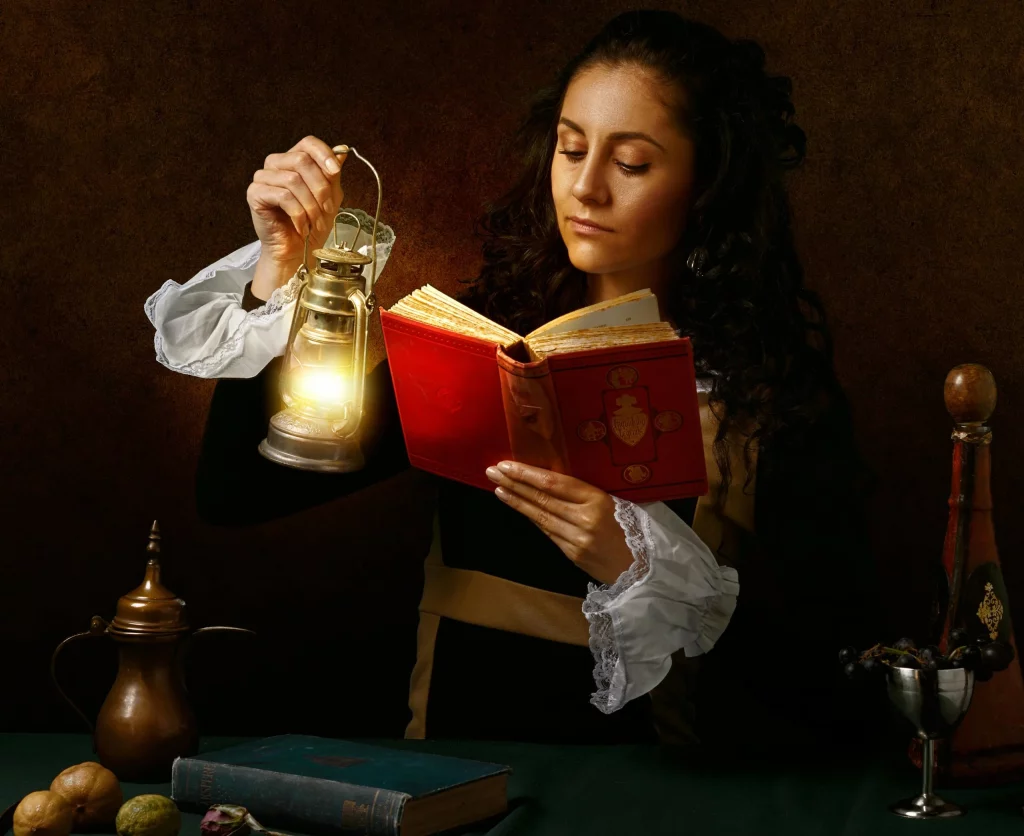Picture this: It’s the Victorian Era, and you’re strolling down a London street, your top hat slightly askew (because you’re a rebel like that). You might bump into Dickens or maybe even a ghost (those Victorians loved a good haunting, after all). In this epic tour of ’50 Victorian Era Facts,’ we’ll uncover some of the strangest truths that seem almost too odd to be true.
Did they really use arsenic in wallpaper? And was there an actual profession dedicated to waking people up? (Spoiler: Yes!) So, pull up a chair, grab a cuppa, and let’s chat like two old friends uncovering the secrets of an era that was anything but dull. Ready to have your mind blown by fact number 16? No cheating – I’m watching you!
The world is weary of statesmen whom democracy has degraded into politicians.
Benjamin Disraeli
Victorian Era Facts
Embark on a voyage back in time as we explore facts about the Victorian era. Read carefully, as there’s a quiz at the end to challenge how good of a reader you are!
- The Victorian Era spanned from 1837 to 1901, coinciding with the reign of Queen Victoria.
- The Industrial Revolution: This period saw a massive shift from rural, agricultural societies to urban, industrialized ones.
- Child labor was prevalent, with children as young as five working in factories and mines.
- The British Empire expanded greatly, becoming the largest empire in history.
- Charles Dickens, a famous Victorian author, highlighted social issues in his novels.
- Gothic Revival architecture became popular, as exemplified by the Houses of Parliament.
- Victorian morality emphasized strict codes of conduct and propriety.
- The Great Exhibition of 1851 showcased Britain’s industrial achievements and global dominance.
- Public health reforms were introduced, improving sanitation and reducing diseases.
- The Victorian Internet, the telegraph, revolutionized communication.
- Photography emerged as a new art and documentation form.
- The Crimean War (1853-1856) was a significant military conflict during this era.
- Education reforms made schooling more accessible to children.

- The Railway network expanded dramatically, transforming travel and commerce.
- Women’s fashion evolved significantly, with the introduction of the crinoline and later the bustle.
- The Jack the Ripper case in 1888 highlighted the darker aspects of Victorian society.
- Victorian literature flourished with authors like the Brontë sisters and George Eliot.
- The Second Industrial Revolution introduced new technologies like electricity and the internal combustion engine.
- Art movements like Pre-Raphaelitism challenged conventional artistic norms.
- The Boer Wars were fought in South Africa between the British Empire and Boer states.
- The Salvation Army was founded in 1865 to provide social services and evangelize.
- The Opium Wars with China expanded British influence in Asia.
- Victorian gardening became a popular leisure activity and status symbol.
- The Suez Canal, opened in 1869, greatly impacted global trade and politics.
- Working-class movements and trade unions began to emerge and gain strength.
- The Irish Potato Famine led to massive emigration and British policy criticism.
- Victorian etiquette manuals dictated social behavior and manners.
- The Reform Acts gradually extended voting rights to more segments of society.

- Gas lighting and later electric lighting began to illuminate cities.
- The Victorian Gothic literary genre included works like Bram Stoker’s “Dracula.”
- Tea culture became integral to Victorian society, influencing social customs.
- The East India Company played a pivotal role in expanding British influence in Asia.
- Music hall entertainment became a popular form of leisure.
- The Anglo-Zulu War in 1879 was a key conflict in British colonial history.
- Victorian painting saw diverse styles, from realism to romanticism.
- The Married Women’s Property Act in 1882 improved women’s rights in marriage.
- The Penny Post system, introduced in 1840, revolutionized mail service.
- The Ripon Falls discovery in 1862 marked the source of the Nile River.
- Florence Nightingale pioneered modern nursing during the Crimean War.

- The Thames Tunnel, completed in 1843, was an engineering marvel of its time.
- Spiritualism and an interest in the supernatural were popular in Victorian society.
- The Scottish Highland Clearances were part of widespread rural change and emigration.
- Sir Arthur Conan Doyle introduced Sherlock Holmes during the Victorian era.
- The British Raj in India was established, leading to direct British rule over the subcontinent.
- Public parks and green spaces were developed for recreation and health.
- The Cholera epidemics prompted improvements in public health and sanitation.
- Victorian era toys like the yo-yo and marbles became popular among children.
- The Crystal Palace became a symbol of the era’s architectural and engineering achievements.
- Victorian poetry explored themes of nature, love, and social issues.
- Queen Victoria’s death in 1901 marked the end of the era, ushering in the Edwardian period.
Victorian Era Myths

Having journeyed through the fascinating facts about the Victorians, it’s time to separate myth from reality in our continued exploration of this captivating period.
- The Victorian Era Was Entirely Prudish and Morally Strict
While the Victorian era is often characterized by its strict moral codes and prudish attitudes, especially regarding sexuality and gender roles, it was also a time of considerable social and cultural change. There was a growing middle class, increased literacy, and vibrant arts and sciences, which often challenged traditional norms. - Victorians Wore Black and Lived in Dark, Drab Homes
The association of the Victorian era with dark clothing and interiors largely stems from the later years of Queen Victoria’s reign when she mourned her husband’s death. In reality, Victorians loved color and elaborate designs in both fashion and interior décor. Advances in chemical dyes led to bright clothing, and homes were often lavishly decorated. - Child Labor Was Universally Accepted and Unregulated
While child labor was indeed prevalent during the early Victorian era, there was growing awareness and activism against it. The Factory Acts, passed throughout the 19th century, gradually improved working conditions and limited child labor, reflecting a changing attitude towards children’s rights and welfare. - Victorians Lived Long and Healthy Lives
Life expectancy in the Victorian era was significantly lower than today. Many faced poor living conditions, inadequate diets, and limited medical knowledge, leading to widespread diseases and high infant mortality rates. However, this era also saw advancements in medicine and public health that laid the groundwork for modern practices. - The Victorian Era Was a Time of Peace and Stability
While there were periods of relative peace, the Victorian era was also marked by significant social upheaval, political reforms, and global conflicts. The era saw the expansion of the British Empire, which led to colonial wars, and there were numerous movements for social and political change within Britain itself.
No products found.
Victorian Era Quotes

During the Victorian era, a period marked by profound social, cultural, and artistic shifts, numerous notable figures emerged, leaving behind a treasure trove of memorable quotes. Here are five of my favorite ones:
It was the best of times, it was the worst of times.
Charles Dickens
This quote by Charles Dickens captures the contrasting experiences of life during the Victorian era, reflecting on its complexities and contradictions.
Great events make me quiet and calm; it is only trifles that irritate my nerves.
Queen Victoria
Queen Victoria’s quote reflects her stoic demeanor and her ability to remain composed during significant historical moments.
The one charm about the past is that it is the past.
Oscar Wilde
Oscar Wilde’s witty remark suggests a certain detachment and irony about the romanticization of the past, including the Victorian era.
The Victorian Era is the heart and soul of the Industrial Revolution.
Thomas Carlyle
Thomas Carlyle emphasizes the central role of the Victorian era in advancing industrialization and shaping modern society.
Remember that the most beautiful things in the world are the most useless; peacocks and lilies for instance.
John Ruskin
John Ruskin’s quote reflects on the Victorian era’s aesthetic values, where beauty was often valued over practicality.
Victorian Era FAQ

After getting through my favorite Victorian era quotes, it’s time to satisfy our curiosity with some frequently asked questions. Don’t forget, the knowledge you acquire here will be your ally in the upcoming quiz!
- What was the Victorian Era?
The Victorian Era, spanning Queen Victoria’s reign, was a time of significant change in Britain. It’s known for industrial advancement, cultural development, and major social transformations. - What was the Timeline of the Victorian Era?
This era extended from 1837, when Queen Victoria ascended the throne, to her death in 1901. It was a dynamic period, witnessing the growth of the industrial revolution and the onset of the modern age. - What are the Characteristics of the Victorian Era?
The era is marked by a strict social structure, industrial and technological progress, moral emphasis, and the expansion of the British Empire. It was also a key period for cultural advancements in literature, art, and science. - Why is it Called the Victorian Era?
Named after Queen Victoria, this period reflects her influence on the UK’s society, politics, and technology. Her reign was pivotal in shaping the era’s values and ethos. - What Were Major Social Reforms of the Victorian Era?
Significant reforms included the abolition of slavery, better workers’ rights, educational reforms, and steps towards women’s rights. These changes were driven by moral shifts and the needs arising from industrialization.
No products found.
Victorian Era Trivia

Welcome to our Victorian Era quiz! If you don’t get a single question right, be prepared to be sent back in time for a crash course in corsets and top hats!
Conclusion
As we draw the curtains on our journey through the Victorian era, we can’t help but wonder: were corsets really worth the squeeze? This period, brimming with industrial innovations and social transformations, also had its share of eyebrow-raising fashion choices. So, let me know in the comments: Would you trade your jeans for a hoop skirt?
4 Sources Used For This ArticleVictorians – English Heritage
The Victorian Era – Medium
Victorian Period – Study Smarter


